Crude oil tanks are usually made of steel and undoubtedly strong enough to hold, protect and transport oil. However, remember that steel is a material that can corrode with time thanks to environmental factors like moisture and salt in the air. This corrosion can lead to the consequent oil leakage and reduced tank and beam structural integrity. Besides, deterioration also leads to fault lines rendering the tank vulnerable to failure and fatigue. The solution to the problem lies in providing the tanks with protective coatings in the manufacturing stage. While the layer does prevent corrosion, it is not permanent.
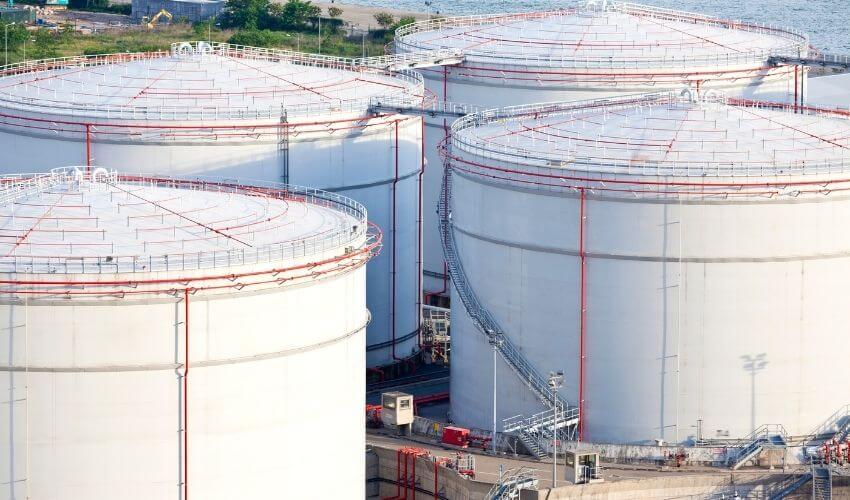
You will need to reapply tank and beam coatings every 5 to 10 years for continual protection.
Four types of oil tank corrosion
There are four ways in which wear and tear lead to corrosion of crude oil tanks with time. They include:
- Overall tank corrosion where the entire tank starts corroding
- Local corrosion involves erosion in only specific tank areas where:
- The surface rust dislodges when the tank flexes
- The tank surface thins with stress
- Water accumulates or flows through the tank.
- Pitting is where the tank corrodes on its horizontal surfaces, bottom, and places where water accumulates. It’s most common in tanks exposed to seawater, leading to electrolytic or microbial corrosion.
- Weld metal corrosion is the fourth type of tank oil corrosion that may take place. It occurs when the metal used for welding purposes interacts with the oil tank to trigger an electrolytic action.
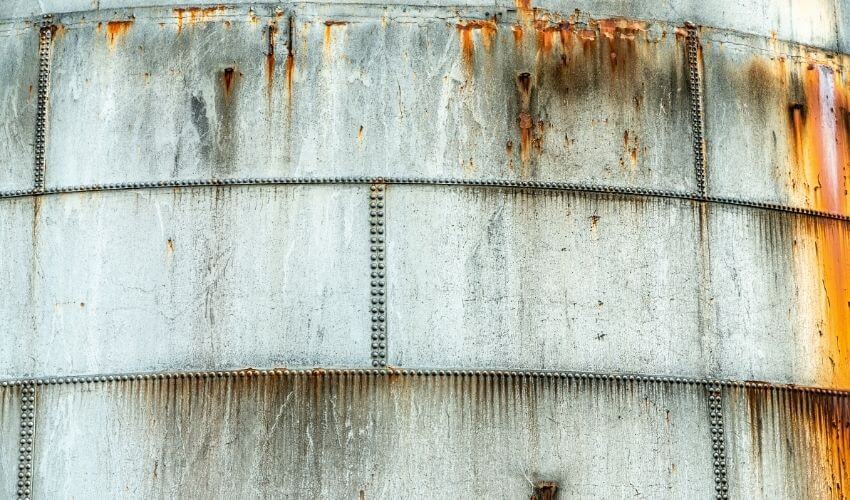
11 Factors promoting crude oil tank corrosion
Multiple factors can trigger corrosion in steel tanks like:
- Absence of surface coating
Without any protective layer, the tank remains exposed to destructive environmental elements. - Defective coating
Age, wear and tear, and improper usage can break down the coating and, in turn, trigger localized corrosion. There’s also the chance of accelerated pitting occurring once the breakdown starts an electrolytic action.
Applying tank and beam coatings is not always enough; you must maintain and re-apply them every 5-10 years. - Microorganisms
The microorganisms that come in contact with crude oil tanks release corrosive acidic compounds that corrode tanks. - Water and moisture
The oil tank remains in constant exposure to water and humidity in the form of wash water, condensation, leaks, stop tanks, and poor drainage. This exposure promotes bacterial growth, which in turn encourages microbial-influenced corrosion. - Accumulated sludge and scale
There is always the chance of accumulated sludge and scale at the bottom of the tank hiding pitting and harmful microorganisms. - Heat
The heat of oil tanks can increase the possibility of tank corrosion by promoting bacterial growth and consequent microbial erosion. - Electricity
Sometimes the ineffective grounding of electrical equipment can corrode oil tanks. Any current flowing through the steel tank triggers electrolytic actions and pitting corrosion. - Sulfur
Crude oil with a high sulfur content mixes with seawater to form acidic compounds, a consequent active corrosion cell, and corrosion or pitting. - Tank material
High tensile steel tanks manufactured using a thermal-mechanical control process tend to rust quicker than other steel types. - Lost protective layer
Prolonged containment of oil leads to the tanks developing a waxy protective layer. However, fluctuating seawater temperatures tend to wash the protective layer away to expose the tank surface to moisture, salts, and oxygen. - Inert gas quality
It is always better for tanks to have inert gases with a less than 8%, or even better still, less than 1% oxygen content level. Tanks with poor quality inert gases combine with flue gas soot and sulfurous compounds to trigger corrosion when moisture condenses in the tanks.
Importance of proper tank and beam coatings
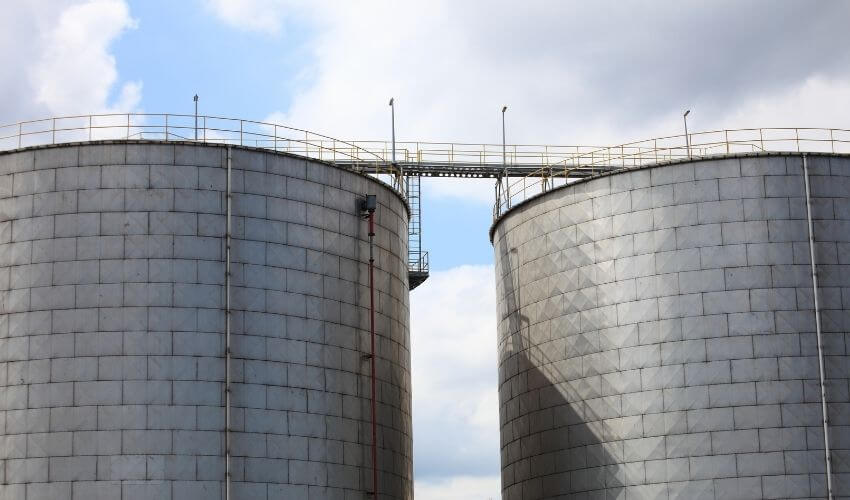
The best way to prevent tank erosion is to prepare the tank surface and apply a protective coating adequately. It’s also essential to apply the layer when the tank is free of debris, salts, and humidity and at the ideal temperature.
The perfect environment provides quicker drying times to complete the project quickly.
With so many benefits to layers and the importance of proper preparation, it’s better to leave tank and beam coatings in the hands of professionals. Experts like Extreme Epoxy Coatings apply tank and beam coatings every day to give your tanks a better, quicker, and more professional layer.


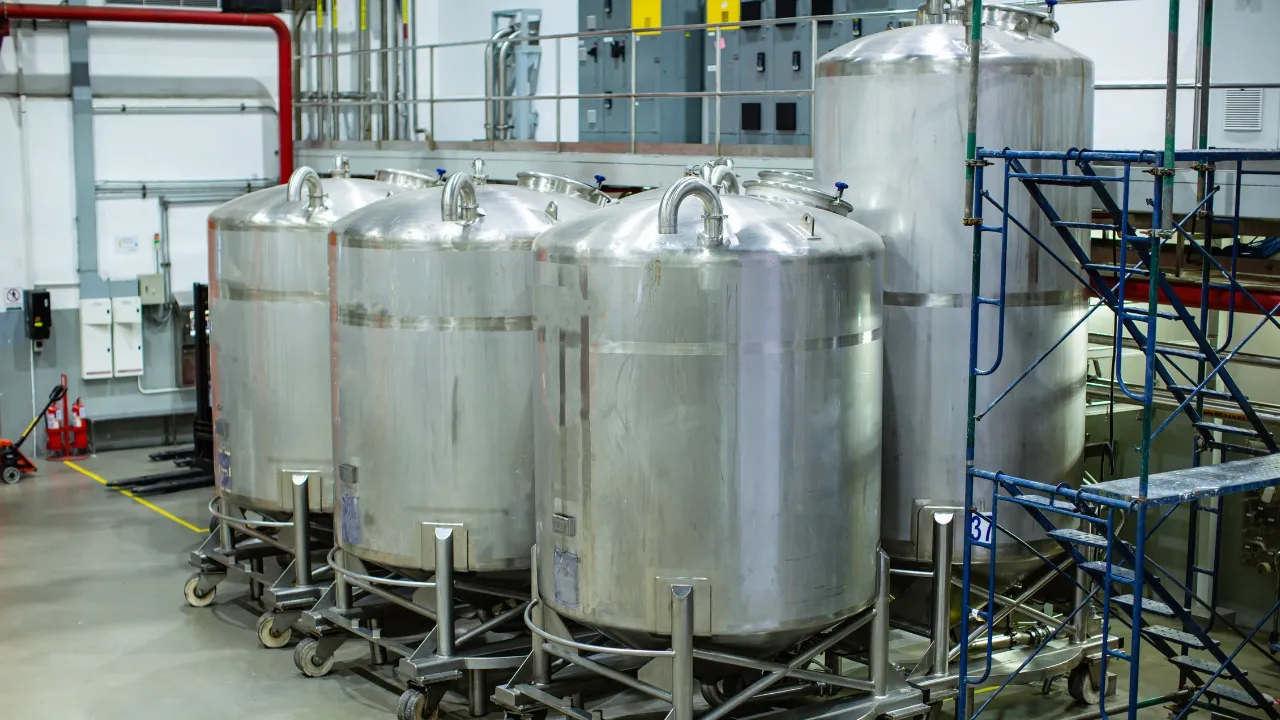
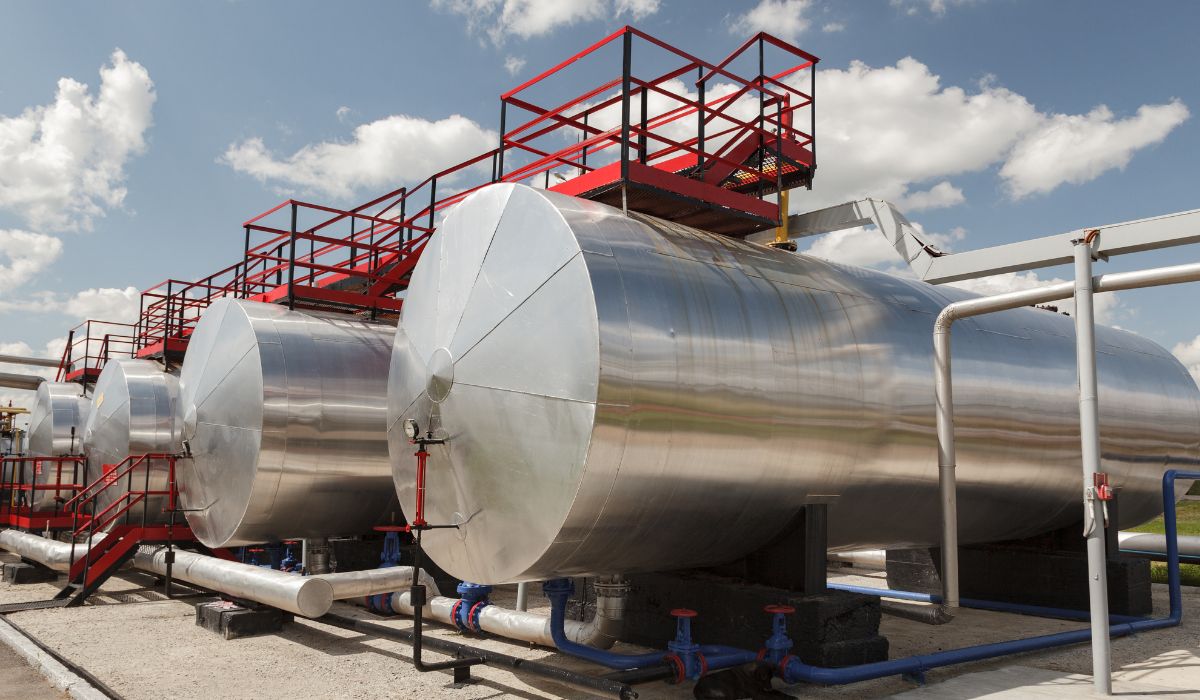
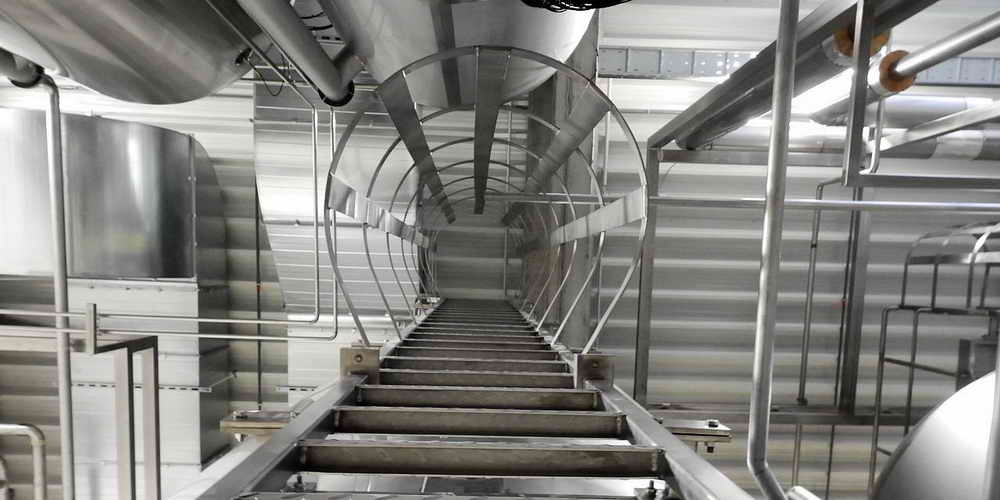
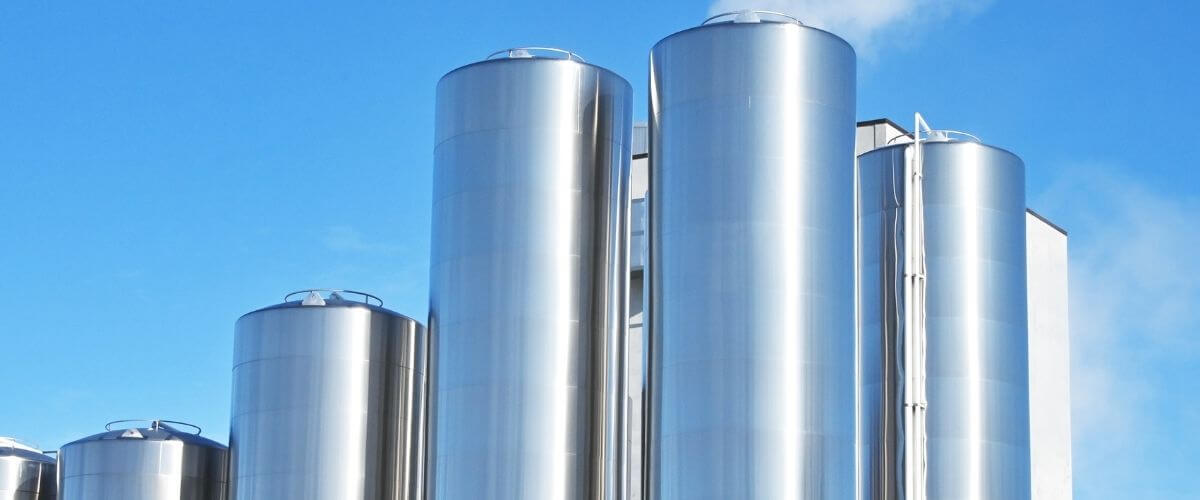
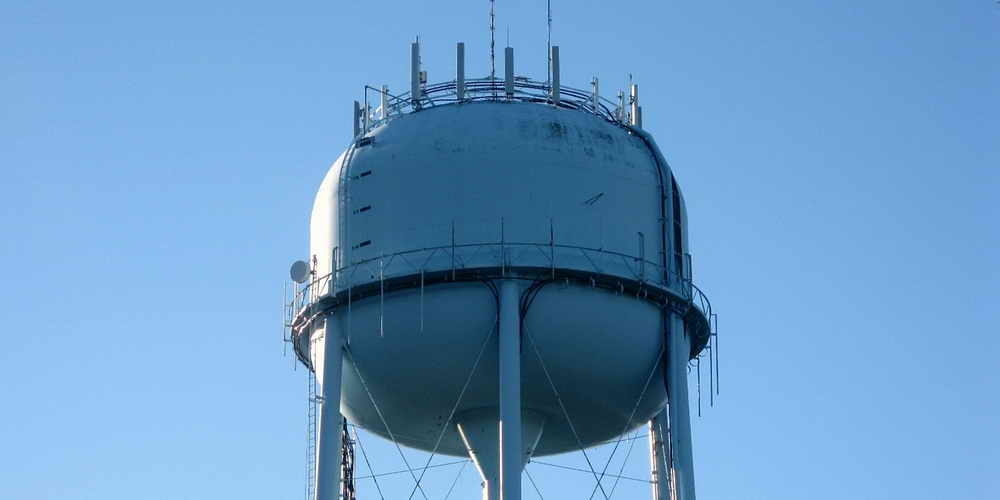
Leave A Comment